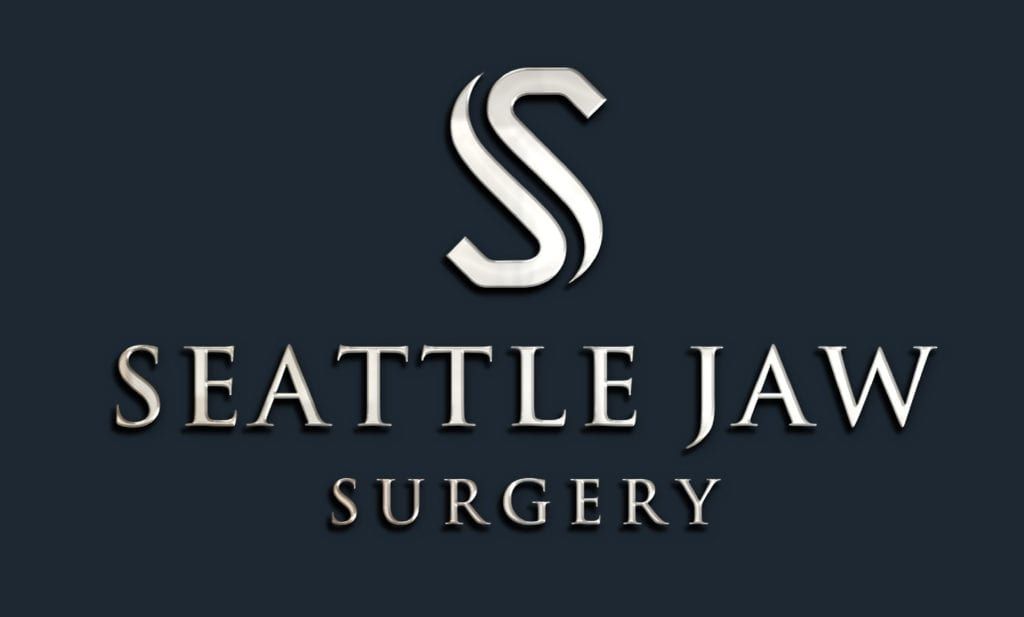Menu
- (206) 207-1525
- (206)207-1625
- info@seattlejawsurgery.com
There are several pathologic processes that can be associated with the soft tissue, teeth, and bones of the mouth. Thankfully, many of these processes are benign. If you or your dentist notice changes to the soft tissue in your mouth or something abnormal on x-ray, evaluation for a biopsy should be considered. If biopsy is performed your oral surgeon may remove the entire lesion or just a portion depending on size and location. The results of your biopsy will determine what further treatment is indicated, if any. Malignant processes such as squamous cell carcinoma can also appear in the oral cavity. Biopsy of any suspicious lesion should be completed in a timely manner so that a definitive treatment plan can be rapidly developed. When a diagnosis comes back positive for malignancy, a referral to a head and neck cancer surgeon will likely be made.
Depending on the location and size of your lesion, your procedure may be completed with local anesthesia or sedation. There are many factors that contribute to this decision and the type of anesthesia is determined on a case by case basis.
Your surgery may involve complete removal of your lesion or taking a small sample of the lesion to send to a pathologist for a diagnosis. After a diagnosis is made, a final treatment plan is formulated.
The treatment for pathology varies greatly based on diagnosis and so does the recovery process. You will be given post-operative instructions on the day of your appointment and a general idea of what to expect can be determined at your consultation.
Our goal is always to preserve teeth but there are circumstances where it is just not possible to save a tooth. If you need to have a tooth or multiple teeth removed, our doctors will guide you through the process in the most comfortable way possible. We will work with your restorative dentist to formulate the best plan to replace the newly missing tooth (see here for more on implants). Ever situation is different, and your tailored treatment plan will be discussed at the consultation appointment.
The removal of your tooth or teeth may be done with local anesthesia, much like you would expect during a filling or under sedation. The type of anesthesia used will be discussed during your consultation appointment. Our primary concern is for your safety and to make the procedure and comfortable as possible. Once the teeth are removed gauze will be placed in your mouth to apply pressure at the surgical site. Depending on the situation, your gums may be closed with a stitch.
If local anesthesia was used for your extraction, then you are able to drive yourself home right away. However, if you are sedated for the surgery, you will need a responsible driver to take you home.
Yes. It is strongly recommended that you:
After wisdom teeth, the canine teeth are the next most common teeth to be impacted. The treatment for this condition varies and is often determined by your orthodontist. In some cases, the canine tooth may need to be removed. In other cases when there is space the tooth will need to be surgically exposed. An orthodontic bracket can be bonded to the tooth and a chain connected to the bracket will allow your orthodontist to aid in its eruption.
This procedure is most commonly completed under sedation in the office. After you are asleep the tooth is accessed surgically. An orthodontic bracket is bonded to the tooth and an attached chain is secured to your braces with a wire or stitch. Any incisions are closed with stitched that do not have to be removed. Later, your orthodontist with put traction on the tooth to help it erupt.
It is common to have a small amount of swelling and soreness in your mouth after this procedure. These will begin to improve after about three days in most cases. You may be prescribed medications and should take them exactly as they are written. Your oral surgeon will recommend eating only soft foods during the first several days following your procedure. It is also important to follow all instructions for post-surgical care, including cleaning the surgical site. Be sure to contact your surgeon if you experience any fever or discomfort that worsens after about three days.
